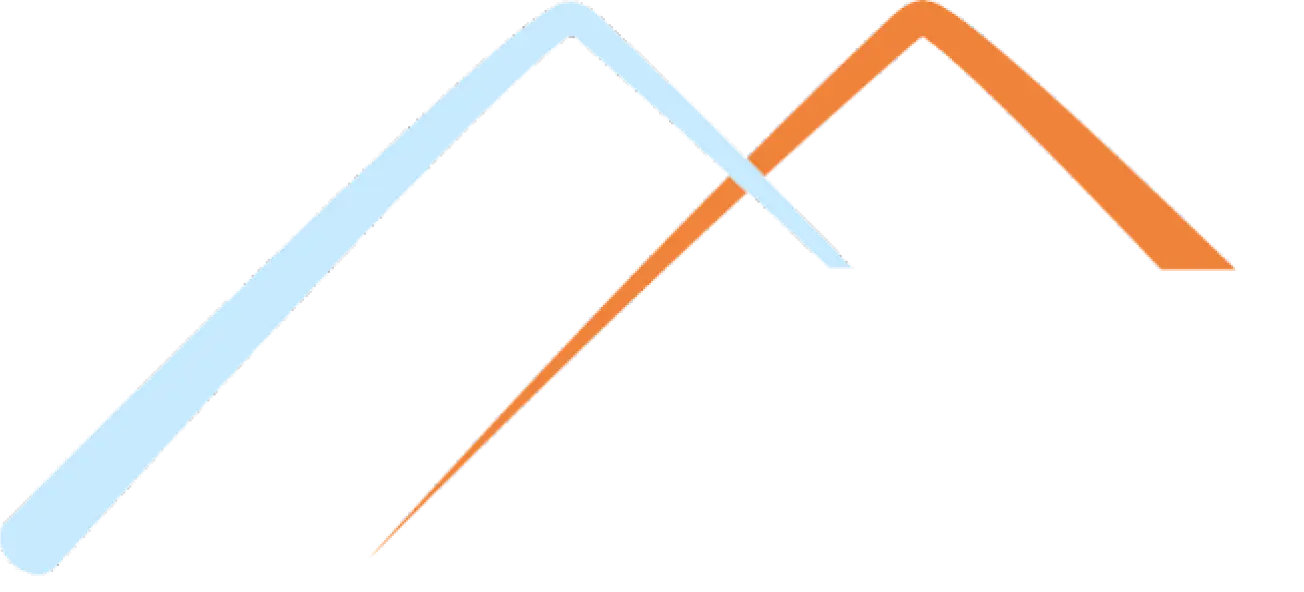Medication-Assisted Treatment (MAT) is an evidence-based approach to treating substance use disorders. It involves the use of medications, in combination with counseling and behavioral therapies, to help individuals manage addiction. MAT is primarily used for opioid and alcohol use disorders, but it can also be effective for other types of substance use disorders.
The goal of MAT is to not only reduce the cravings and withdrawal symptoms associated with addiction but also to address the underlying causes and behaviors that contribute to substance abuse. By using medication to stabilize brain chemistry and minimize the effects of withdrawal, individuals are better able to engage in community resources and therapy, which can address the psychological and emotional aspects of addiction.
When it comes to opioid use disorders,
MAT has been proven to be highly effective. Opioids, such as prescription painkillers (oxycodone, Fentanyl, etc.) and heroin, bind to the opioid receptors in the brain, producing a euphoric effect. Over time, the brain becomes dependent on these opioids, leading to addiction. MAT works by targeting these same receptors in order to replace harmful opiates with medications such as methadone, buprenorphine, and naltrexone in order to reduce cravings, and prevent withdrawal symptoms.
Methadone, a long-acting opioid agonist, has been used for decades in the treatment of opioid addiction. It helps to stabilize brain chemistry, allowing individuals to function normally without experiencing the intense cravings and withdrawal symptoms associated with opioid withdrawal. Buprenorphine, a partial opioid agonist, works in a similar way but with a lower risk of overdose. Naltrexone, on the other hand, is an opioid antagonist that blocks the effects of opioids, making it less likely for individuals to relapse.
Alcohol use disorders can also be effectively treated with MAT. Medications such as naltrexone and acamprosate are commonly used to help individuals reduce their alcohol cravings and maintain sobriety. Naltrexone works by blocking the pleasurable effects of alcohol, reducing the desire to drink. Acamprosate, on the other hand, helps to stabilize brain chemistry and reduce the symptoms of withdrawal, making it easier for individuals to abstain from alcohol.
While medications play a crucial role in MAT, they are most effective when combined with counseling and behavioral therapies. Counseling, such as cognitive-behavioral therapy (CBT) and motivational interviewing, can help individuals identify and address the underlying causes of their addiction, develop coping strategies, and learn healthier ways of managing stress and emotions. Behavioral interventions, such as working with a case manager, can also be beneficial in helping individuals establish community resources with housing, food, transportation, etc.
It is important to note that MAT is not a one-size-fits-all approach. The choice of medication and treatment plan should be tailored to the individual's specific needs and circumstances. Regular monitoring and adjustments may be necessary to ensure the effectiveness of the treatment. MAT has been shown to significantly improve outcomes for individuals with substance use disorders, increasing their chances of achieving long-term recovery and improving their overall quality of life.
MAT has gained support and endorsement from various organizations that are at the forefront of addiction treatment and research. Let's take a closer look at some of these influential organizations:
The
Substance Abuse and Mental Health Services Administration (SAMHSA) is a branch of the U.S. Department of Health and Human Services. SAMHSA is dedicated to reducing the impact of substance abuse and mental illness on America's communities. They have been strong advocates for MAT, recognizing its effectiveness in improving treatment outcomes and reducing the risk of relapse. SAMHSA provides resources, guidelines, and funding to support the integration of MAT into addiction treatment programs across the country.
The
American Medical Association (AMA) is the largest association of physicians and medical students in the United States. They play a crucial role in shaping healthcare policies and practices. The AMA has endorsed MAT as an evidence-based approach to treating substance use disorders. They recognize the importance of providing comprehensive care that includes medications, counseling, and behavioral therapies to address the complex nature of addiction. The AMA's endorsement of MAT has helped raise awareness and promote its integration into mainstream medical practice.
The
American Society of Addiction Medicine (ASAM) is a professional medical society dedicated to improving the treatment of addiction and advancing the field of addiction medicine. ASAM strongly supports MAT as an effective treatment option for individuals with substance use disorders. They provide education, training, and resources to healthcare professionals to enhance their knowledge and skills in delivering MAT. ASAM's endorsement of MAT has been instrumental in increasing its acceptance and utilization within the addiction treatment community.
The
National Institute on Drug Abuse (NIDA) is a federal research institute that focuses on advancing scientific knowledge about drug abuse and addiction. NIDA conducts cutting-edge research and supports studies that contribute to the development of evidence-based treatments. They have recognized MAT as a crucial component of comprehensive addiction treatment. NIDA's endorsement of MAT has helped validate its effectiveness and encourage further research and innovation in this field.
The American College of Obstetricians and Gynecologists (ACOG) is a membership organization for obstetrician-gynecologists that promotes guidelines for healthcare professionals. In addition to this, they also provide information for patients, families, and programs around the country. ACOG frequently advocates for women’s health and for its members and patients. They have provided guidelines for using MAT for opioids in pregnant women in need of rehabilitation services.



